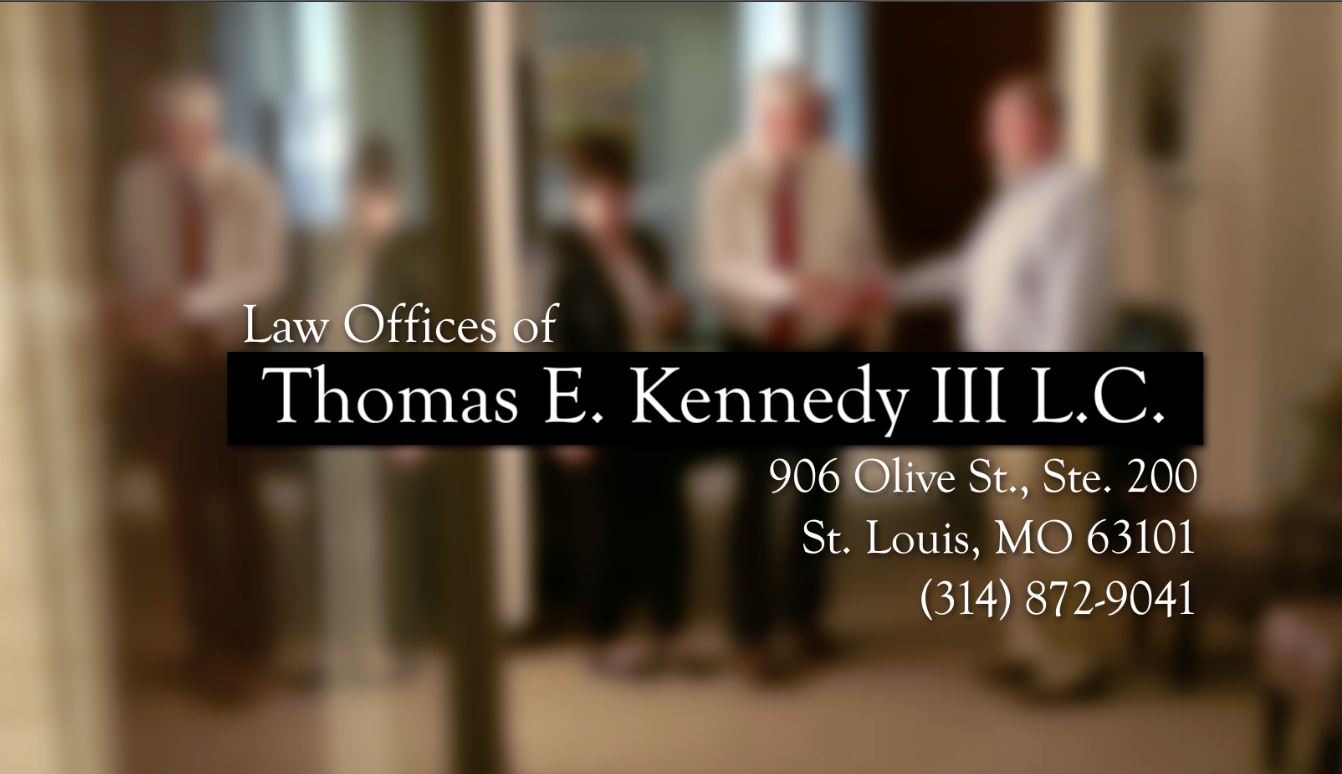
For most of us, our job is not just a way of earning a living. It also plays an important role in defining our identity. Often, the success that we achieve in our career is directly tied to our sense of dignity and self-worth. Loss of employment can cause trauma that approaches what we experience in divorce or other highly disruptive personal events.
The Kennedy Hunt, P.C. L.C.
906 Olive Street, Suite 200 St. Louis, MO 63101 314 872-9041
When the loss of employment is combined with discrimination or harassment, the emotional distress and humiliation suffered by the terminated employee is intensified by the injustice of the loss.
An employee who has experienced workplace discrimination may recover money damages for his or her emotional distress.
Most antidiscrimination laws permit a worker who has been victimized by unlawful discrimination to recover compensation for the emotional distress damages that they have suffered. This has not always been the case. When the first federal employment discrimination statutes were passed, the only remedies available were back pay (that is, what the employee would have earned had she not been wrongly fired) and reinstatement. Then, in 1991, Congress drastically expanded the remedies for many kinds of discrimination, other than those for age and equal pay. Workers claiming discrimination gained the right to a jury trial and to compensatory and punitive damages, which included “emotional pain, suffering, inconvenience, mental anguish, loss of enjoyment of life, and other non-pecuniary losses.” 42 U.S.C. §1981a(b)(3). Congress, however, did limit the amount of such damage awards to $50,000 for employers with fewer than 101 employees, $100,000 for employers with fewer than 201 employees, $200,000 for employers with fewer than 501 employees, and $300,000 for employers with more than 500 employees. Many state antidiscrimination laws—but not Illinois, for example— also impose caps on damages.
These “non-pecuniary losses” are often referred to as “emotional distress damages.” There is no standard form or equation for calculating emotional distress damages, except that the award should reflect the nature and severity and duration of the harm suffered. Chastain v. U.S. Dep’t of the Navy, EEOC Appeal No. 0120102409 (November 17, 2010). This calculation is left up to the sound discretion of the jury and is extremely difficult to evaluate or predict.
For instance, could you determine what amount of money should be awarded for the mental anguish suffered by an employee who endured 14 years of sexual harassment at the hands of her employer? What price tag would you put on an incident in which an employer screamed racial epithets at an employee in front of his colleagues? Would the damage award increase if the employer repeated this behavior? Would the award decrease if the employer screamed at the employee when no one else was around to witness her humiliation?
Despite the difficulties of quantifying these harms, there are some factors that tend to increase the amount of emotional distress damages that juries are willing to award plaintiffs for employment claims. The most important factor is typically the employee’s own specific, detailed testimony about the emotional distress and humiliation that she suffered due to the employer’s unlawful discrimination, which by itself can support a jury award of substantial emotional distress damages. Other evidence, however, strengthens the case. For example, the more inherently degrading or humiliating the employer’s actions are, the larger the award for emotional distress tends to be. Lopez-Rosende v. U.S. Postal Service, EEOC Appeal No. 0120102789 (November 30, 2010). Similarly, while testimony from a health care provider is not required to prove the suffering of emotional distress, if the worker produces testimony from a psychiatrist, psychologist, or medical provider attesting to medically significant symptoms arising out of the discrimination, the jury is generally inclined to award significantly larger amounts for emotional damages. See Naeem v. McKesson Drug Co., 444 F.3d 593 (7th Cir. 2006); see also Durrell Williams v. U.S. Postal Service, EEOC Appeal No. 0120130887 (May 31, 2013). Corroborating testimony from the employee’s friends and family also helps the jury understand the scope of the emotional damages and how such distress permeated the client’s personal and professional life. Farfaras v. Citizens Bank & Trust of Chicago, 433 F.3d 558 (7th Cir. 2001).
